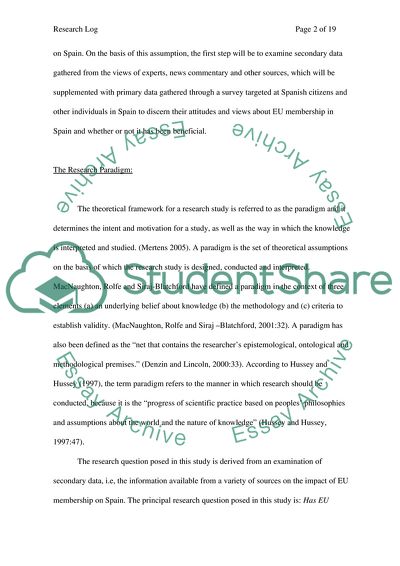Cite this document
(The Impact of EU Membership on Spain Research Paper, n.d.)
The Impact of EU Membership on Spain Research Paper. Retrieved from https://studentshare.org/social-science/1715497-frameworks-for-research-log-on-dissertation
The Impact of EU Membership on Spain Research Paper. Retrieved from https://studentshare.org/social-science/1715497-frameworks-for-research-log-on-dissertation
(The Impact of EU Membership on Spain Research Paper)
The Impact of EU Membership on Spain Research Paper. https://studentshare.org/social-science/1715497-frameworks-for-research-log-on-dissertation.
The Impact of EU Membership on Spain Research Paper. https://studentshare.org/social-science/1715497-frameworks-for-research-log-on-dissertation.
“The Impact of EU Membership on Spain Research Paper”, n.d. https://studentshare.org/social-science/1715497-frameworks-for-research-log-on-dissertation.


